Lonicera Implexa: [Cultivation, Irrigation, Associations, Pests and Diseases]
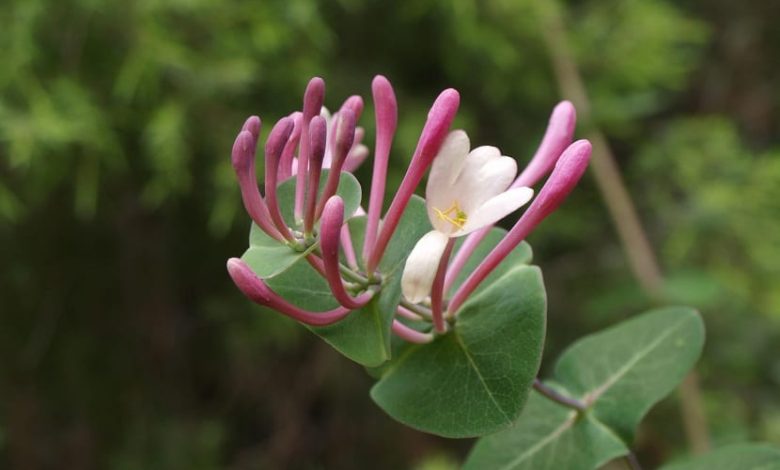
Important points when sowing Lonicera implexa
-
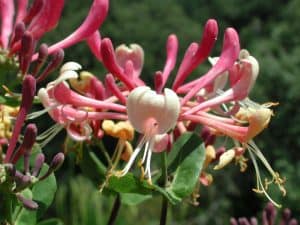 Where to sow? In full light. It needs a lot of sunlight.
Where to sow? In full light. It needs a lot of sunlight. - When? In spring.
- How do we prepare the land? Removed, removing weeds. With substrate such as compost. It prefers calcareous soils.
- How do we water? with drip
- How often do we water? In spring and summer twice a week. The rest of the year scarce irrigation without excess.
- Plagues and diseases? Aphids and powdery mildew.
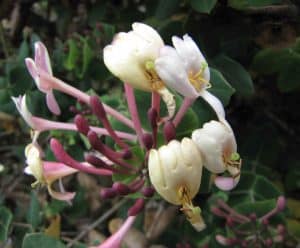 Climbing, deciduous and woody plant, the lonicera implexa has leathery, oblong or oval leaves with white undersides, often welded at the base, embracing the stem between them.
Climbing, deciduous and woody plant, the lonicera implexa has leathery, oblong or oval leaves with white undersides, often welded at the base, embracing the stem between them.
The flowers, white or pink, bilabiate, with short calyxes, grow in seated inflorescences, between the leaves (which act as cups).
The fruit of the lonicera implexa is an orange berry, which grows between the leaves. Its place of origin and its habitat are forests, thickets, open land.
The lonicera implexa has spread throughout the Mediterranean region, especially in Spain. The Lonicera genus belongs to the Caprifoliaceae family and is made up of about 100 species of shrubs and climbing plants originating in the northern hemisphere.
Some species of this genus are: Lonicera periclymenum, Lonicera caprifolium, Lonicera sempervirens, Lonicera nitida, Lonicera japonica, Lonicera caerulea, Lonicera etrusca. The implexa lonicera is also known as calzas y dedicos de la virgen due to its curious shape.
It is a perfect type of bush to give an exotic touch to the walls of the garden or the house.
When to sow the Lonicera implexa?
The right time to sow the lonicera implexa is spring. Lonicera implexa is an easy-to-grow plant and is used to cover walls, pergolas, fences or to form informal hedges.
Where to do it?
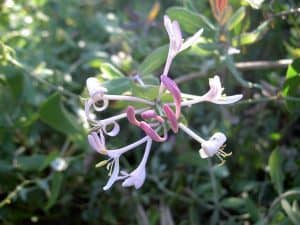 Although it is capable of growing well in semi-shade and even shade, sun exposure is best for it.
Although it is capable of growing well in semi-shade and even shade, sun exposure is best for it.
If it is located in more shady places, it will be able to grow more or less the same, but it will not have as many flowers as if it is done in full sunlight.
Lonicera implexa grows well in hotter climates such as semi-arid and sub-humid . In Spain, it extends throughout the Mediterranean area and, for example, in Murcia it grows around more wooded and bushy areas.
It also develops in some inland regions of the Iberian Peninsula. The areas where there are more populations of honeysuckle are in Murcia and, to a lesser extent, in the Balearic and Canary Islands.
How to prepare the land?
As for the soil, the lonicera implexa prefers somewhat calcareous soils, but can live in any type of soil that drains well and contains a little organic matter.
It is important that the soil does not become waterlogged or the plant will weaken and die. Likewise, it is necessary to prepare the land well for the cultivation of loniceras, as well as any other plant.
The best soils are those that contain a lot of decaying organic matter. In some places, the soil has so much mud and so little decaying organic matter that it becomes hard and air doesn’t penetrate, so plants can’t grow.
How do we water the Lonicera implexa?
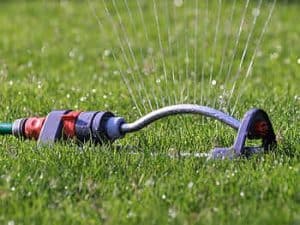 Lonicera implexa should generally be watered twice a week in the warmer seasons of spring and summer.
Lonicera implexa should generally be watered twice a week in the warmer seasons of spring and summer.
Being a plant that spreads throughout the Mediterranean, the lonicera implexa is used to places where there is not too much rainfall.
The lonicera implexa is somewhat resistant to drought, but not too long. The best thing to do in these cases is to wait until the land is dry to water (as long as it doesn’t rain, of course).
How do we sow a Lonicera implexa step by step?
The best way to multiply the lonicera is through seeds.
- Obtain the seeds of the berries that have as a fruit.
- Extract the seeds from inside the fruits and wash them.
- Let the seeds dry and then sift them.
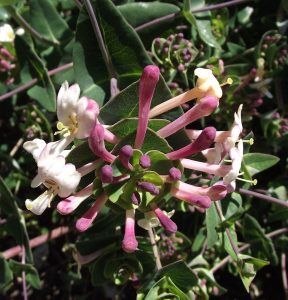 Some studies affirm that different results can be obtained, depending on the treatment that can be carried out with the seeds.
Some studies affirm that different results can be obtained, depending on the treatment that can be carried out with the seeds.
Stratify the seeds in moist sand at 4 degrees for several months before sowing in the spring months, good results are achieved.
Others think that it is better to plant them and keep them at a stable temperature between 25 and 30 degrees for 5 days and then keep them at 2 degrees for several months in total darkness.
What favorable associations does it have?
The association of crops of compatible plants produces benefits with respect to their cultivation separately, in addition to the use of light, water and/or nutrients.
Although there are no known studies dedicated to the favorable associations that lonicera implexa could have, gardeners usually plant them in shrubby groups combined with salvias and lavenders.
What pests and diseases attack the Lonicera implexa?
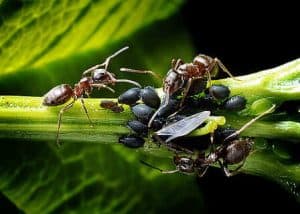 The lonicera implexa does not usually present serious problems related to pests and diseases. However, it can sometimes be attacked by aphids and affected by powdery mildew.
The lonicera implexa does not usually present serious problems related to pests and diseases. However, it can sometimes be attacked by aphids and affected by powdery mildew.
The aphid sucks and feeds on the sap of the lonicera implexa, stealing water and nutrients, which can weaken it enormously.
The powdery mildew fungus feeds on the lonicera implexa and obtains from it everything it needs to live: Normally it does not cause the death of the plant, but rather weakens it, causing damage by necrosis to the leaves and immaturity of the fruit.
Bibliography and references
- Zonaverde.net .Lonicera implexa. Reproduced from: http://www.zonaverde.net/loniceraimplexa.htm
- Herbarivirtual.com Lonicera implexa. Reproduced from: http://herbarivirtual.uib.es/es/general/933/especie/lonicera-implexa-ait-
- Portillo, German. Lonicera implexa. Reproduced from: https://www.jardineriaon.com/lonicera-implexa.html
- Consultaplantas.com Lonicera implexa. Reproduced from: http://www.consultaplantas.com/index.php/plantas-por-nombre/plantas-de-la-da-la-l/1059-cubiertas-de-la-planta-lonicera-implexa-o -honeysuckle-mediterranean
- Carex.cat.es. Lonicera implexa. Reproduced from: http://www.carex.cat/es/vivers-carex/catalogo/lonicera-implexa-.aspx

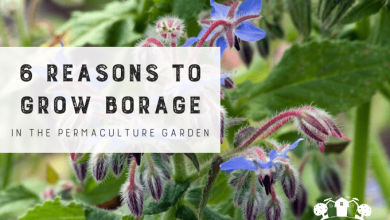

![Photo of Spanish Plants in Danger of Extinction [List + Images]](https://www.complete-gardening.com/wp-content/uploads/2022/08/spanish-plants-in-danger-of-extinction-list-images-350x220.jpg)
![Photo of The Gerbera: [Care, Planting, Irrigation, Light and Substrate]](https://www.complete-gardening.com/wp-content/uploads/2022/08/the-gerbera-care-planting-irrigation-light-and-substrate-390x220.jpg)